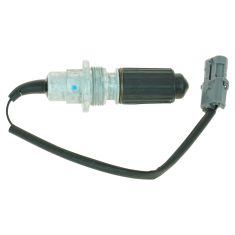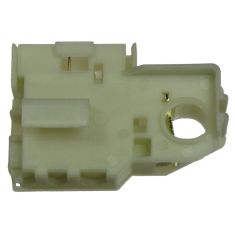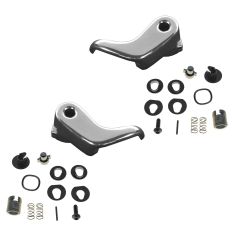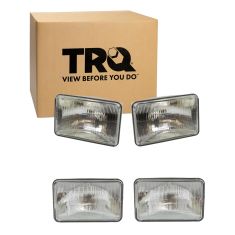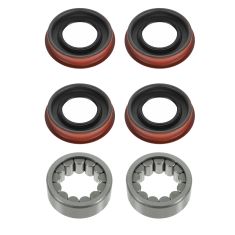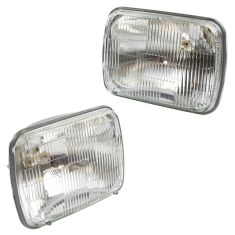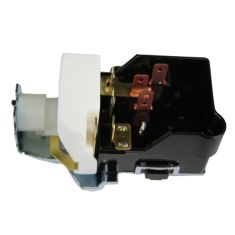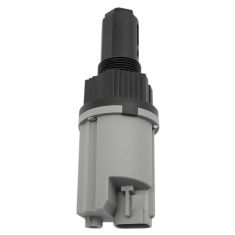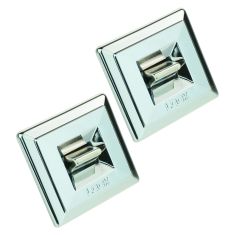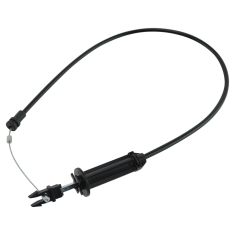GMC Suburban K1500
-
Notify When Available$53.95Save 16%List $63.95 Save $10.00
-
Notify When Available
-
Notify When Available
Replaces Chevrolet GMC Driver & Passenger Side Vent Window Crank Handle 2 Piece Set TRQ DHA35357
Brand: TRQ - DHA35357$37.95Save 17%List $45.95 Save $8.00 -
Notify When Available$82.95Save 14%List $95.95 Save $13.00
-
Notify When Available$47.95Save 28%List $66.95 Save $19.00
-
Notify When Available$51.95Save 16%List $61.95 Save $10.00
-
Notify When Available$29.95Save 14%List $34.95 Save $5.00
-
Notify When Available$63.95Save 7%List $68.95 Save $5.00
-
Notify When Available$24.95Save 19%List $30.95 Save $6.00
-
Notify When Available$30.95Save 9%List $33.95 Save $3.00
The First of Its Kind
Some call it the first cross-over, some call it the first SUV, but regardless, the Suburban was a revolutionary vehicle when it was first introduced. Never before could a car fit up to eight passengers and maintain adequate space. It began in 1933 as a transportation vehicle for Army officers, and was introduced to the public under the Chevy brand in 1935 as a two-door body with rear panel doors or a tailgate. The GMC Suburban followed in 1937. The two models were virtually identical, built on a half-ton truck frame with an inline-six cylinder engine that could kick 60 horsepower. The new vehicle was dubbed the "carryall" for its ability to carry literally anything - whether it was a heavy load or an entire family.
Most car bodies during this time period were built of wood and flimsy canvas, but the Suburban was built with a steel body. It also came with removable seats, 75x77 inches of cargo space, and a curb weight of 3,300 pounds. This model generally remained the same for its first few years with a few exceptions. The horsepower was bumped up to 79 the following year, and the cargo top remained standard until 1937. With the onset of WWII on the horizon, production was halted until 1947.
The One and Only
GM wasn't the only company to use the name Suburban. Many other companies used the name to describe a vehicle with a station wagon body on a truck frame. Before SUVs and the modern Suburbans became the paradigm of what a typical family vehicle should be, wagons were the dominant choice, since they could fit just as many passengers and were more stylish. For the most part, the Suburban was desired by the working class, and as long as it remained on a truck chassis it continued to look like a truck. When it returned after the war, the large grille laid below the jutted and round hood, following many truck styles of the time period. It even followed the C/K nomenclature in 1960 when the name changed with GMC's trucks. The "C" represented a truck with two-wheel drive and the "K" represented a truck with four-wheel drive. The Suburban had its standard inline-6 with an optional 283 cubic inch V8 and already had 2WD and 4WD options a few years before the C/K tagging.
In the ‘60s, the Suburban increased its curb weight to 3,710 pounds on the two-wheel drive version, and came out with a three-door and three-quarter-ton model. A four-door model was introduced in the ‘70s, and the Suburban could fit up to nine passengers, and a new 454ci big block V8 with 250 horsepower was available with the C20. A Silverado trim was also introduced.
A new design appeared that fitted a boxier shape with square headlights and angled corners. GMC maintained this style well into the late ‘80s. By the late ‘80s, the engine was updated to fuel-injection known as the throttle body injection (TBI). GM was not the only company to use the name "Suburban," but in 1988, as the last company standing with the name, they trademarked it for exclusive use.
GMC introduced a new version of the C/K truck body in 1987, but it continued to build the old body style. These trucks were designated as the R series for two-wheel drive and the V series for four-wheel drive. The Suburban was built on the R/V chassis from 1987 to 1991. In 1988 GMC also changed its numbering system for trucks. It changed the "10" designation for the half-ton to "1500" and "20" for the three-quarter-ton to "2500." In 1992, the Suburban joined the GMT 400 platform used by the new C/K trucks. The new Suburban included an independent front suspension for a smoother ride, and offered coil springs for two-wheel drive and torsion bars for four-wheel drive.
In the 2000s, to further differentiate GM models from Chevy ones, the GMC Suburban was renamed the Yukon XL. Compared to the later Yukon XL, built on the GMT800 chassis, the GMT 400 was the more rugged type that could haul weight if it was really needed. The Yukon XL was designed to ride more "car-like" and featured an all-new 8.1L Vortec V8. The GMC Suburban will be remembered for its combination of ruggedness and practicality.
